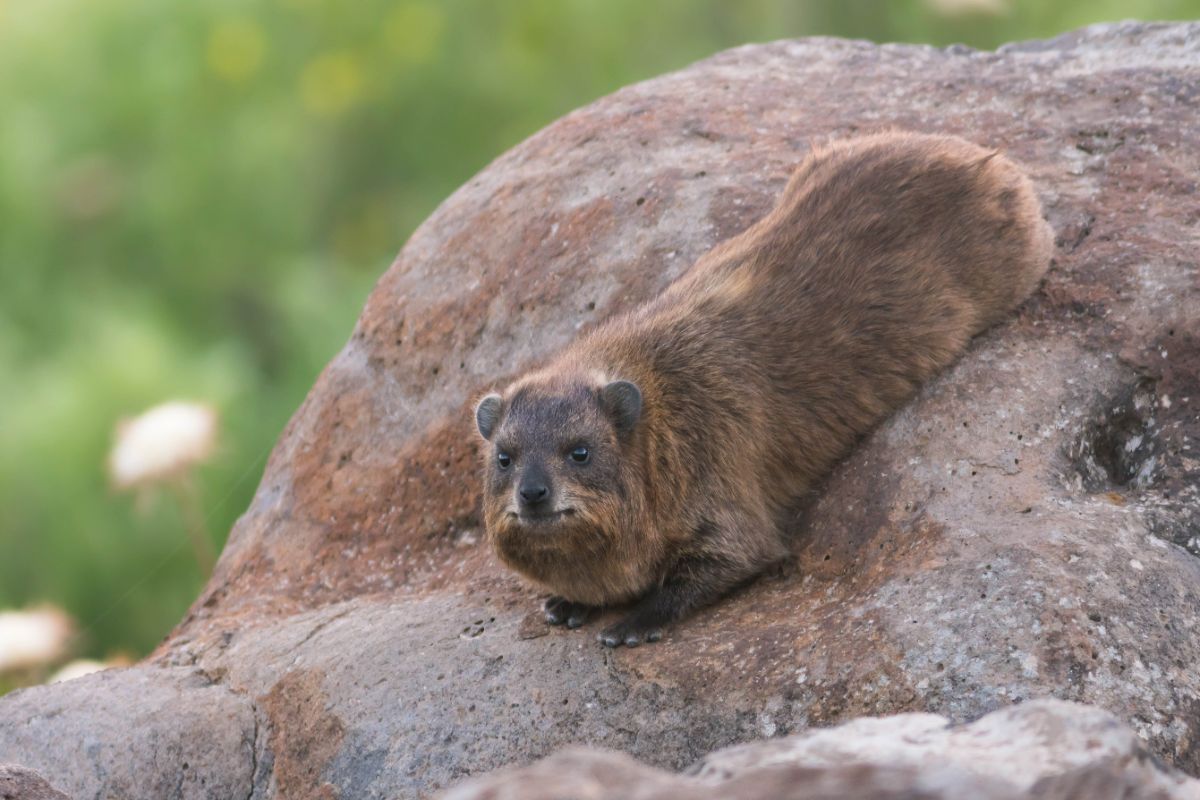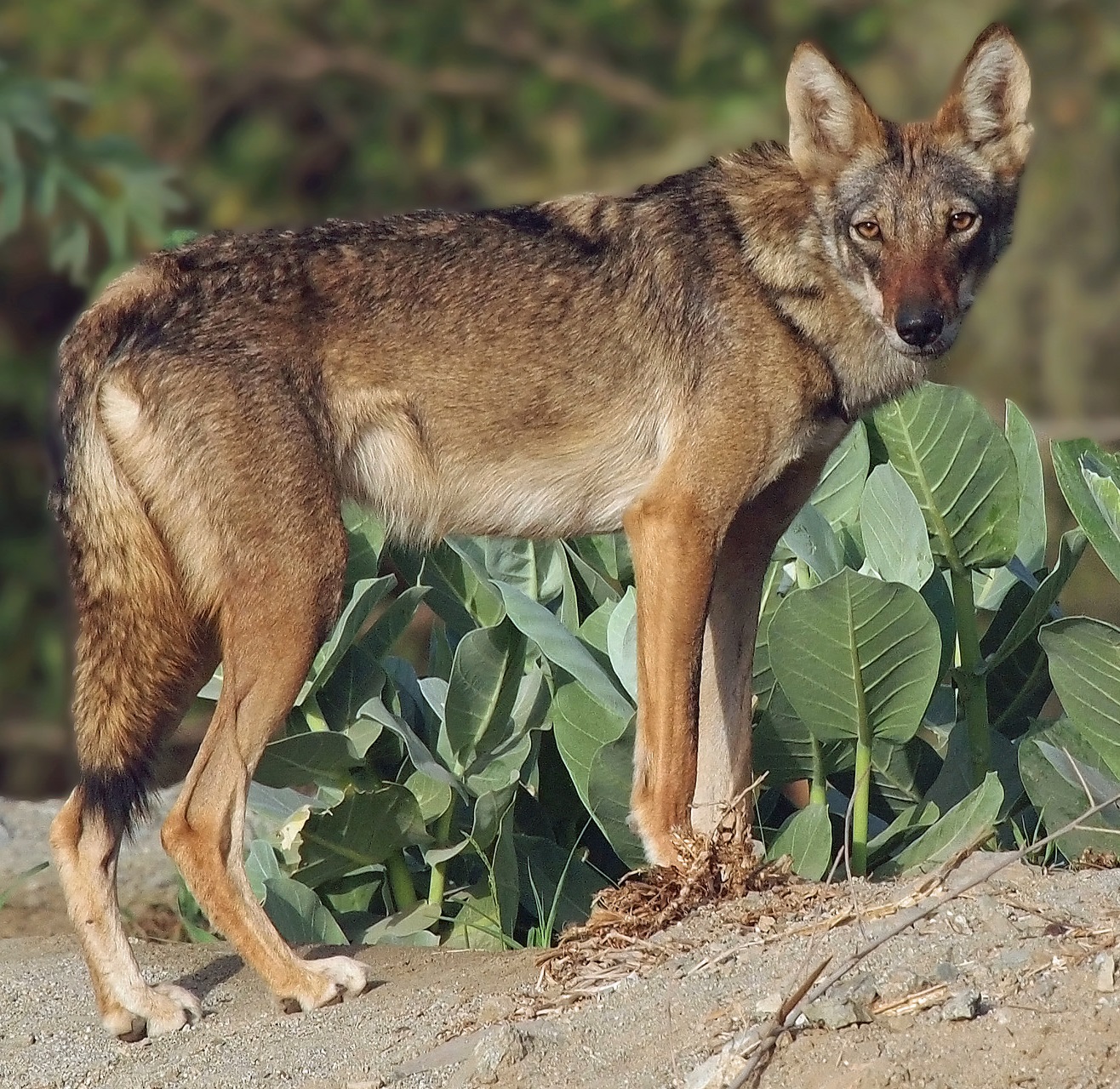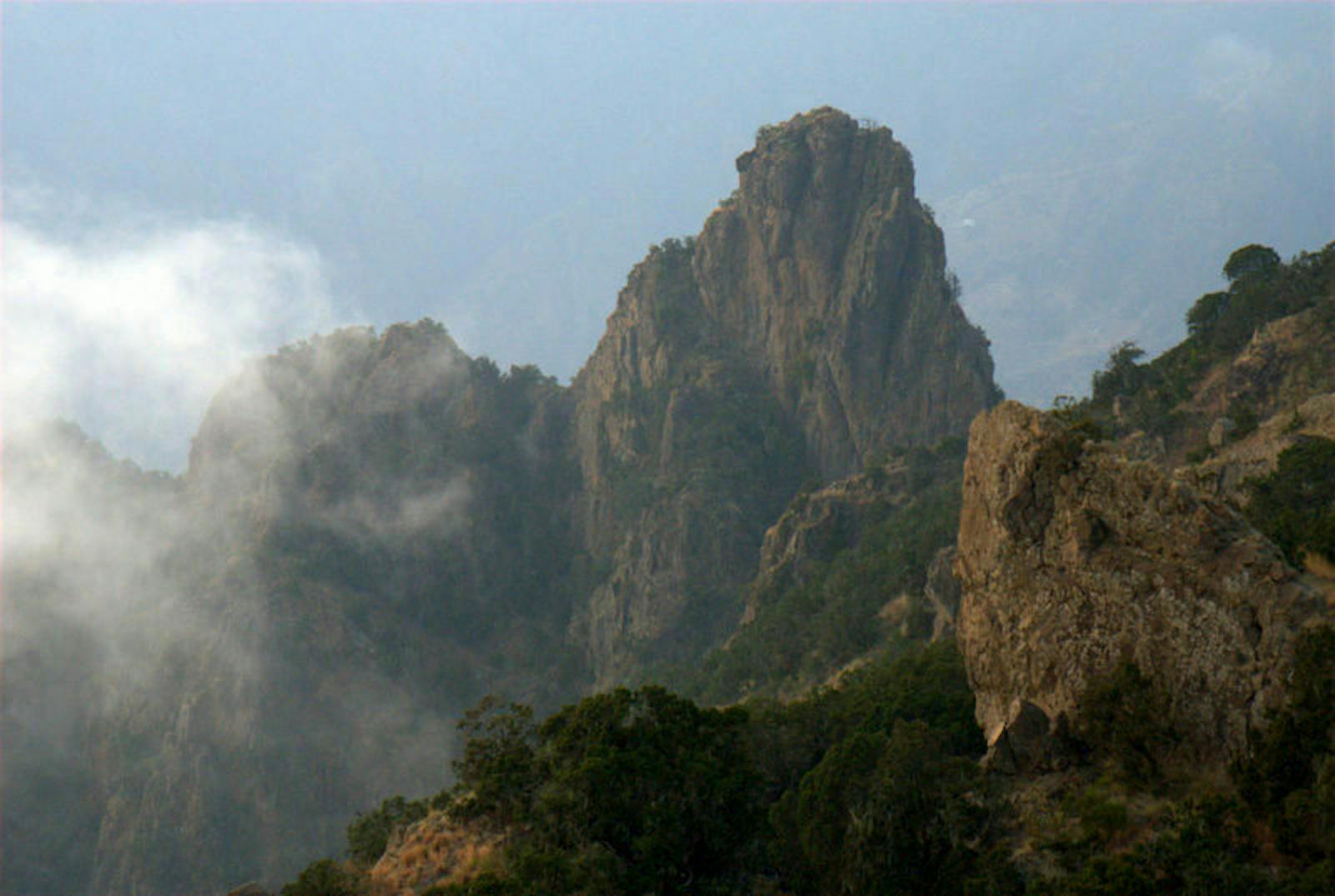Southwest Arabian Montane Woodlands and Grasslands
The ecoregion’s land area is provided in units of 1,000 hectares. The protection goal is the Global Safety Net (GSN1) area for the given ecoregion. The protection level indicates the percentage of the GSN goal that is currently protected on a scale of 0-10.
Bioregion: South Red Sea & Gulf of Aden Coastal Drylands (AT22)
Realm: Afrotropics
Ecoregion Size (1000 ha):
2,845
Ecoregion ID:
59
Conservation Target:
45%
Protection Level:
1
States: Yemen, Saudi Arabia
As the Arabian Peninsula forms a bridge between the African and Eurasian continents, the Asir Mountains and the western highlands of Yemen provide an important resting spot for migrating birds. The high escarpment and cliffs are especially important to migrating raptors in autumn.
The Red Sea flyway is the second most important flyway for migratory soaring birds in the world and the most important route for Palearctic soaring birds migrating to and from Africa. Well over one million migratory soaring birds of at least 35 species regularly use this flyway, including the Egyptian vulture and lesser spotted eagle.

The flagship species of the Southwest Arabian Montane Woodlands and Grasslands ecoregion is the griffin vulture. Image credit: Creative Commons
This ecoregion is situated in the southwestern Arabian highlands above 2,000 m and includes part of the Asir Mountains of Saudi Arabia and most of the western highlands of Yemen. The rugged mountainous landscape contains several peaks over 3,000m, including Jebal Nabi Shu’ayb which, at 3,76 0m, is the highest mountain in Yemen and all of the Arabian Peninsula.
The highlands receive variable rainfall caused by the southwestern monsoon, which brings damp oceanic winds, fog, and rain. These winds are uplifted by the mountains and trigger thunderstorms, particularly during the summer. Annual average rainfall in the escarpment mountains is 600–800 mm, rising to over 1,000 mm in the wettest areas. Temperatures in the highlands are highest in the summer, reaching 20-25˚C, and lowest in winter with a mean temperature of 10˚C, although frosts can occur.
_mother_and_baby-CC-Charles%20J%20Sharp-2017_resized.jpg)
Hamadryas baboon. Image credit: Charles J Sharp, Creative Commons
The ecoregion is part of the Eastern Afromontane biodiversity hotspot and supports about 2,000 vascular plant species, of which approximately 170 are endemic, including 2 endemic genera (Saltia and Centaurothamnus). Of special note are the Juniperus woodlands in the Asir Mountains and remnant escarpment woodlands on Jebel Bura and Jebel Melhan in Yemen. This ecoregion, together with the Tihamah plain, is home to the majority of southwest Arabian endemic bird species.
The montane juniper woodlands are vital habitat for these birds, such as the Yemen linnet, Yemen thrush, and Yemen warbler. These species are dependent on juniper berries as a food source and also use the juniper trees for nesting. The dramatic cliff faces on the escarpment rim are home to large raptors such as the Griffon vulture, the Verreaux’s eagle, and the small Barbary falcon. Gyps fulvus, bearded vulture, Yemen linnet, Yemen thrush, and African paradise flycatcher are all resident in the high escarpments of the Asir Mountains.

Rock hydrax. Image credit: Creative Commons
The Asir escarpment is known to be one of the last strongholds of the critically endangered Arabian leopard in Saudi Arabia. In some areas of Yemen the Hamadryas baboon is still widespread but said to be declining, while the population in Saudi Arabia is expanding.
In Yemen, a tradition of high-mountain agriculture spanning two thousand years has produced a spectacular terraced landscape on the steep mountain slopes. However, this has eliminated much of the forest and woodland cover and only scattered patches of woodland now survive.
Across the border in Saudi Arabia, the vegetation of the Asir Mountains has remained largely intact, although the situation is deteriorating. In Saudi Arabia, the Asir National Park (6,491 km2) was created in 1981. Raydah Reserve (approximately 9 km2) is one of the prime areas of intact juniper forest. Other protected areas include Wadi Lajb, Wadi Tayyah, and Jabal Uthrub reserves in Saudi Arabia, and Dhamar Montane Plains Mahjur Traditional Reserve in Yemen.

Arabian wolf. Image credit: Ahmad Qarmish, Creative Commons
The main threats to biodiversity are soil erosion, uncontrolled deforestation for timber, fuelwood and charcoal, and overgrazing by cattle, goats, sheep, and camels. In Yemen, out-migration to oil rich Gulf countries and the general movement of rural people to towns has led to poor maintenance of the agricultural terrace systems, resulting in soil erosion during times of heavy rainfall. Hunting with firearms and large numbers of domesticated and feral dogs have created increased pressures on wildlife.
In Yemen, the use of stone traps to capture leopards for sale to zoos, display in local villages and for use in traditional medicine is common. In the Asir Mountains, new roads are fragmenting the escarpment into isolated patches and the encroachment of human settlements is introducing more livestock herds to the area. Poor regeneration among the juniper forests is causing concern as this will impact water harvesting, carbon sequestration, and biodiversity. The ongoing civil war in Yemen also threatens biodiversity and hinders conservation efforts.
The priority conservation actions for the next decade will be to: 1) promote traditional grazing techniques and sustainable management of grazing areas; 2) encourage rehabilitation and maintenance of mountainous terraces; and 3) promote rainwater harvesting through various techniques including traditional methods.
Citations
1. WWF. 2018. Arabian Peninsula: Yemen and Saudi Arabia. [Online]. [Accessed22 May 2018]. Available from: https://www.worldwildlife.org/ecoregions/at1321
2. CEPF. 2012. Ecosystem Profile: Eastern Afromontane Biodiversity Hotspot. [Online]. [Accessed 4 May 2018]. Available from: https://www.cepf.net/sites/default/files/eastern_afromontane_ecosystem_profile_final.pdf
3. Pellikka, P. and Alshaikh, A.Y. 2016. Remote sensing of the decrease of juniper woodlands in the mountains of Southwestern Saudi Arabia—reasons and consequences. Arabian Journal of Geosciences. 9(6), p.457.
4. Buechley, E.R., Oppel, S., Beatty, W.S., Nikolov, S.C., Dobrev, V., Arkumarev, V., Saravia, V., Bougain, C., Bounas, A., Kret, E. and Skartsi, T. 2018. Identifying critical migratory bottlenecks and high‐use areas for an endangered migratory soaring bird across three continents. Journal of Avian Biology.




